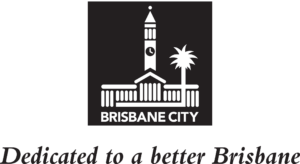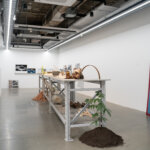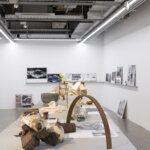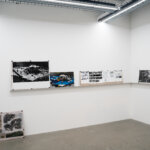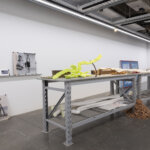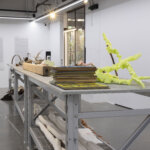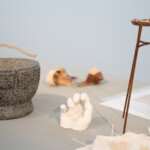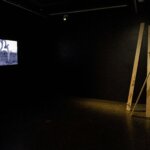- What’s On
- Exhibitions
- MAVA Pathfinders: Artefacts of the Working Process
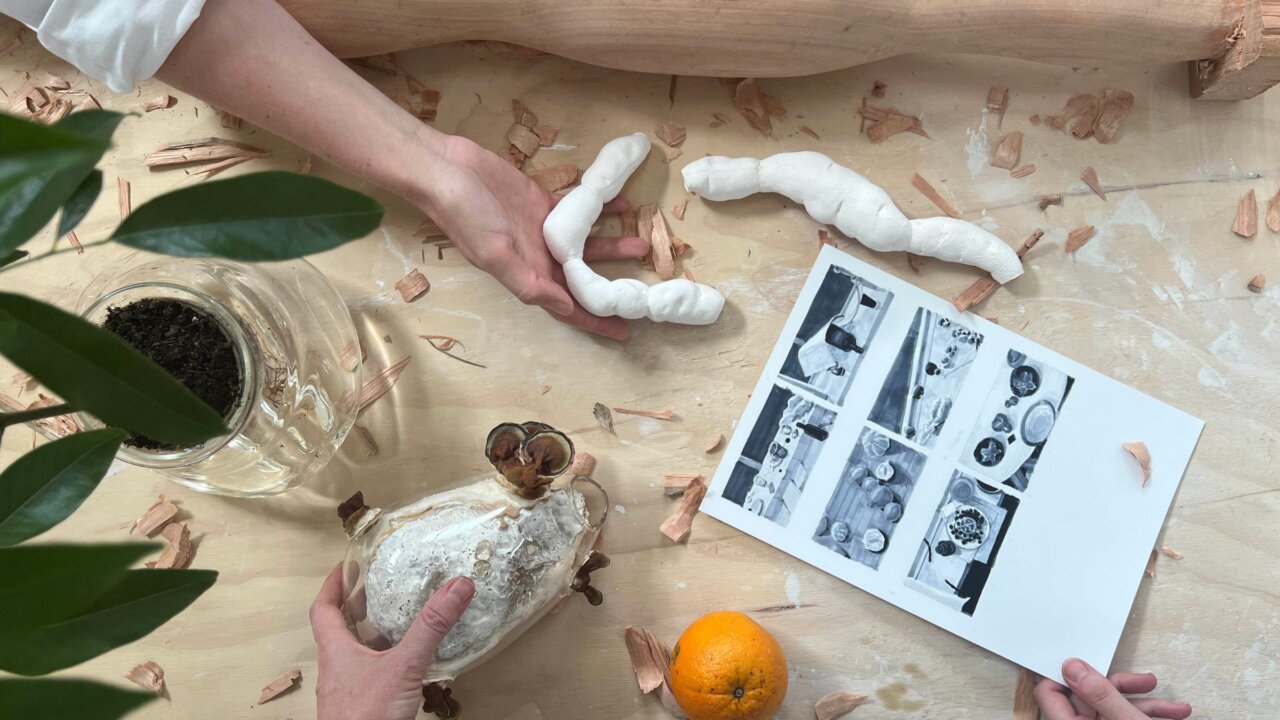
MAVA Pathfinders: Artefacts of the Working Process
After a year creating work at the Norman Park Substation... the Pathfinders provide reflections on their Metro Arts’ journey.
Dates
24 Jun - 15 Jul 2023Galleries
Gallery TwoGallery One
Window Gallery
Opening Event
Saturday 24 June, 4pm – 6pm
At the close of their residency, MAVA Pathfinder Artists, Caitlin Franzmann, Elizabeth Willing and James Barth share developments and learnings from their time in the MAVA studio.
Upskilling and resourcing mid-career artists to thrive, the MAVA Pathfinder Program supports artists to explore new opportunities to build a sustainable creative practice.
Download the roomsheet here.
Special Event
Pathfinder artist Caitlin Franzmann will be hosting a participatory workshop before the MAVA exhibtion opening. Find out more HERE.
Header Image: courtesy the artists.
The artists
CAITLIN FRANZMANN
Caitlin creates installations, sonic experiences, performances, and social practice works that focus on place-based knowledge and embodied practices. In reaction to the fast pace and sensory overstimulation of contemporary urban life, she invites people to slow down, listen and contemplate interactions with their surroundings and with other living entities, including plants, insects, water, rocks and micro-organisms.
Her methodologies are collaborative, research-based and process driven, guided by eco-feminist and social practice theories. This includes interdisciplinary field work and knowledge exchange with traditional knowledge holders, ecologists, conservationists, healers, sociologists, and others. In addition to desk-based research, her methodologies are conversational, embodied (i.e. walking, sensing, feeling, playing, thinking) and magical.
The creative outcomes of her research manifest in a myriad of ways; immersive installations, divination cards, sculpture, poetry, audio works, participatory performance, workshops, and guided gatherings.
ELIZABETH WILLING
Liz creates performance, sculptural, and installation works using food and food culture as inspiration and material. For her, food is the catalyst she uses to translate the ineffable body, to reflect on the performance of eating, and to facilitate multisensory experiences in an otherwise ocularcentric context.
She uses hospitality as a framework for understanding the relationships that develop in her artworks between the audience, artist and artwork, with her objects being the mediator and outcome of performing hospitality.
Liz’s practice is often ephemeral but has also included concept dinners and collaborative performances that use the dining table as a stage for interactive designs and more permanent works that capture the traces of ephemeral moments in materials such as timber, ceramic, plaster, metal, and plastic.
Elizabeth is represented by Tolarno Galleries.
JAMES BARTH
James’ work integrates painting with digital 3D modelling. Specifically, she creates self-portraits and uses avatars as a means to explore the signification of their transgender identity and representation. James’ work examines photo painting, science fiction, cinematic language, and poetic gestures through painting and digital techniques. She draws on these histories (and the wider history) of portraiture to create oil paintings and video works. At the core of her methodology is 3D world building.
She begins works by creating assets and props, various models of herself, as well as stages which she then assembles into tableaux to begin forming compositions. From there, her art takes one of two directions. One is that these core compositions become oil paintings. To achieve this, she renders the composition as a digital image which is used to create the silkscreen equivalent of a film negative. This silkscreen is then used to build up layers of oil paint on to a dibond substrate.
She then manipulates the still-wet oil with a brush, thus producing the final work. The second direction is that these compositions become video works using keyframe animation and complex animation rigs that are able to use inbuilt assets, such as motion capture. In tandem with developing camera movement and editing patterns as well as matching sound and narration, these initially inert compositions become single or multi-channel video works.
www.milanigallery.com.au/artists/james-barth/
James is represented by Milani Gallery.
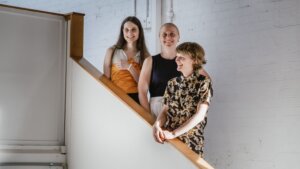
Metro Arts’ Artist in Residence Program is proudly supported by Brisbane City Council. Norman Park Substation No. 9 is assisted by Brisbane City Council. Metro Arts Visual Arts (MAVA) Substation is supported by Restart Investment to Sustain and Expand (RISE) Fund – an Australian Government initiative.
Documentation images courtesy of Masimba Sasa and Kyle Weise

